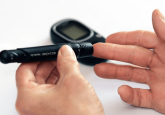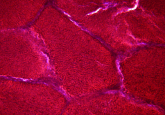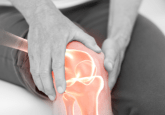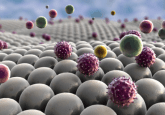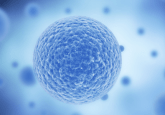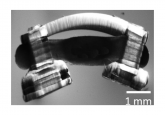Novel 3D culturing system improves in vitro expansion of mesenchymal stem cells
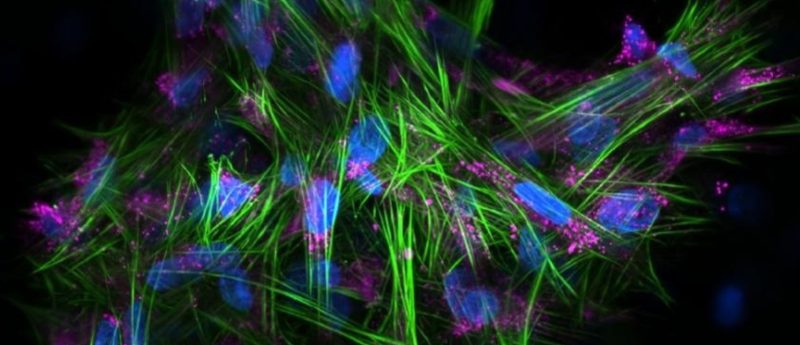
Researchers from the University of Kansas (USA) have provided proof of concept of a novel 3D bioprinted hydrogel system designed to improve in vitro expansion of mesenchymal stem cells (MSCs) and retain their stem-like properties.
Currently, the majority of commercially available in vitro expansion systems are 2D, with MSCs grown in a monolayer. Evidence suggests that these 2D culturing modalities are not optimal for expansion due to their rigidity and dissimilarity to the natural physiological conditions in which stem cells would grow and expand. This results in the loss of MSCs’ multipotent stem-like features, and induction of senescence, as well as a loss in viability. These combined factors limit the regenerative capabilities of 2D cultured MSC populations.
One promising approach to overcome these challenges is the utilization of 3D hydrogel culture systems. Current systems, however, still do not mimic the native tissue mechanics of MSC cell sources.
To overcome these challenges, the researchers devised a novel bioprinted 3D hydrogel culture system. It was hypothesised that their softer 3D hydrogel system would provide a more natural mechanical environment for the ASCs due to its unique porous microarchitecture. The novel system is also modular, which enables additional supplementary hydrogels to be added, creating a continuous 3D culture system. This facilitates cell migration and nutrient diffusion within and between hydrogels, reducing the risk of overcrowding, which occurs in 2D culture monolayers.
The study compared the physiological behaviour of human adipose-derived mesenchymal stem cells (ASCs) expanded within this novel 3D system to ASCs expanded in a traditional 2D system.
The results of the study showed that the novel 3D system resulted in no significant changes in senescence in ASC populations, whereas the traditional 2D system resulted in a significant increase in senescence. In addition to this, their system eliminated the need for subculturing of cells, a requirement when culturing in 2D modalities.
They also found that the 3D hydrogel resulted in better retention of stem-like surface markers, and therefore multipotent stem-like features od ASCs. When cultured in a traditional 2D system, ASC populations had a significant decline in the expression of stem-like MSC markers. In the 3D system this loss of expression was significantly slower.
Finally, the researchers assessed the phenotype, and associated regenerative capabilities, of the ASC secretome of populations cultured in 2D versus in the novel 3D system. The conditioned media (ASC-CM) of each population was utilized as a therapeutic in keratinocytes (KCs) and the activity of the KCs after ASC-CM treatment was measured. It was demonstrated that the metabolic activity of KCs decreased with time when treated with ASC-CM from 2D cultured ASCs. In contrast, there was no significant differences in KC metabolic activity when treated with ASC-DM from 3D cultured ASCs, demonstrating that the regenerative capabilities of ASC-CM are sustained over time.
Overall, this study proved that the novel 3D system has benefits over traditional 2D systems in the enhancement and retention of the regenerative and stem-like properties of MSCs. Since this is the first demonstration of a modular 3D hydrogel culturing system further study will be required to optimize and tailor its tissue-mimetic properties.
You might also like:
